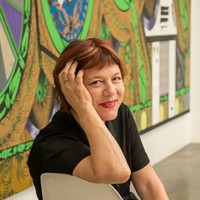Dear Reader, This new Fall art season takes off with a bang in Southern California, as the Getty’s second installment of Pacific Standard Time (PST) gets under way all over Los Angeles. PST: LA/LA spotlights Latin American art and Latino art. Once we started digging...



